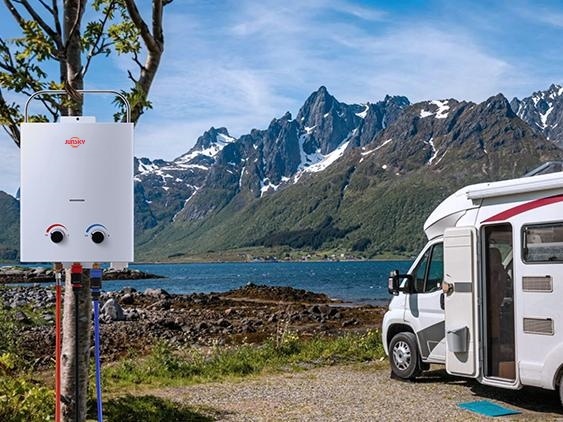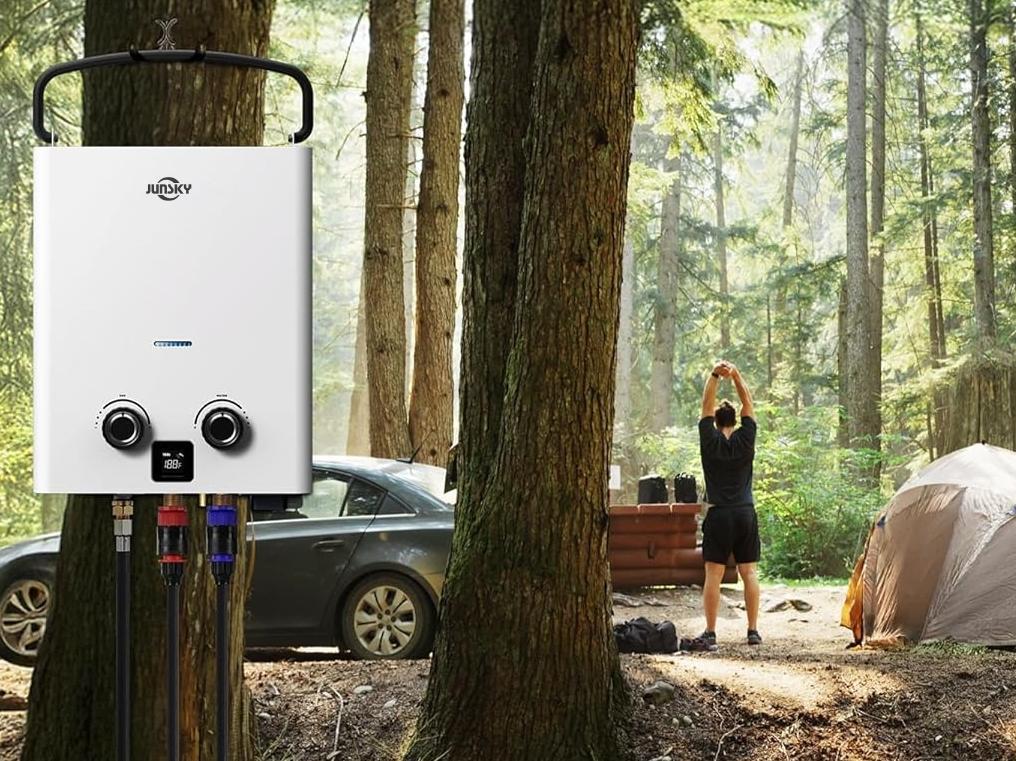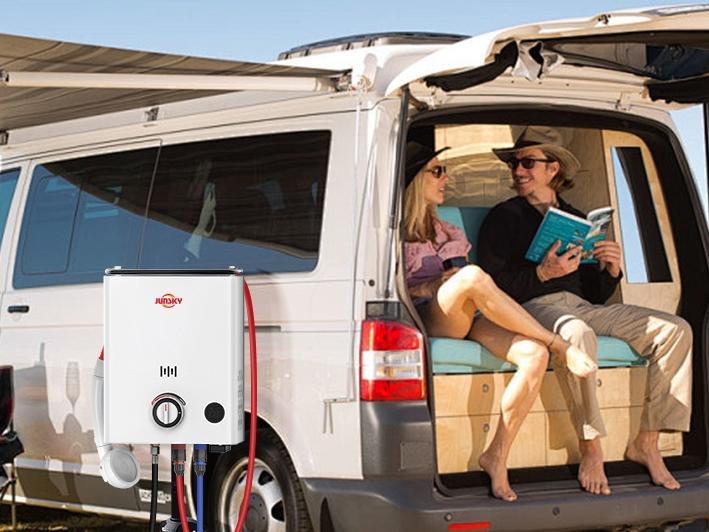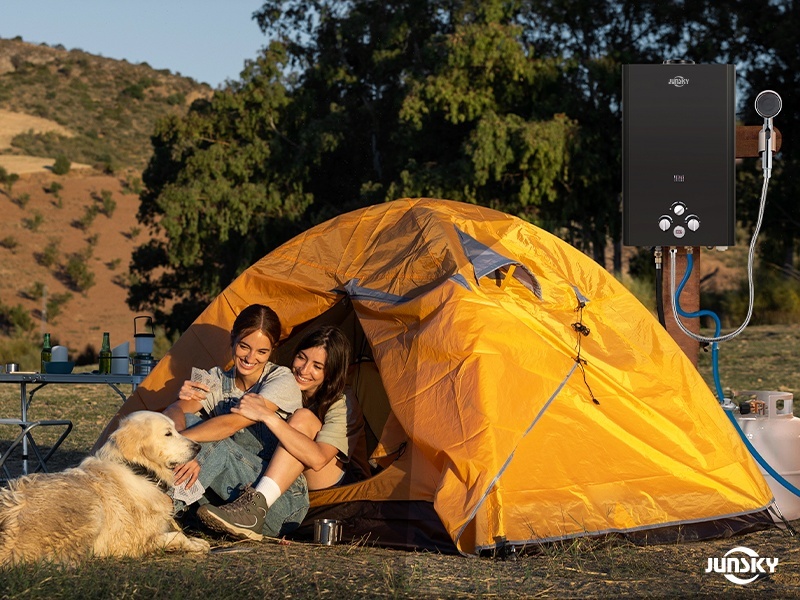The Ultimate Guide to Tankless Water Heater Installation: Step-by-Step Instructions
2025-04-17
Did you know that nearly 17% of a household's energy consumption goes toward heating water? (U.S. DOE, 2023). Switching to a tankless system could be your solution if you're tired of cold showers, high utility bills, or the space-hogging traditional water heater. This comprehensive guide will walk you through professional installation steps, cost-saving tips, and crucial safety measures—whether you're a DIY enthusiast or hiring a pro.
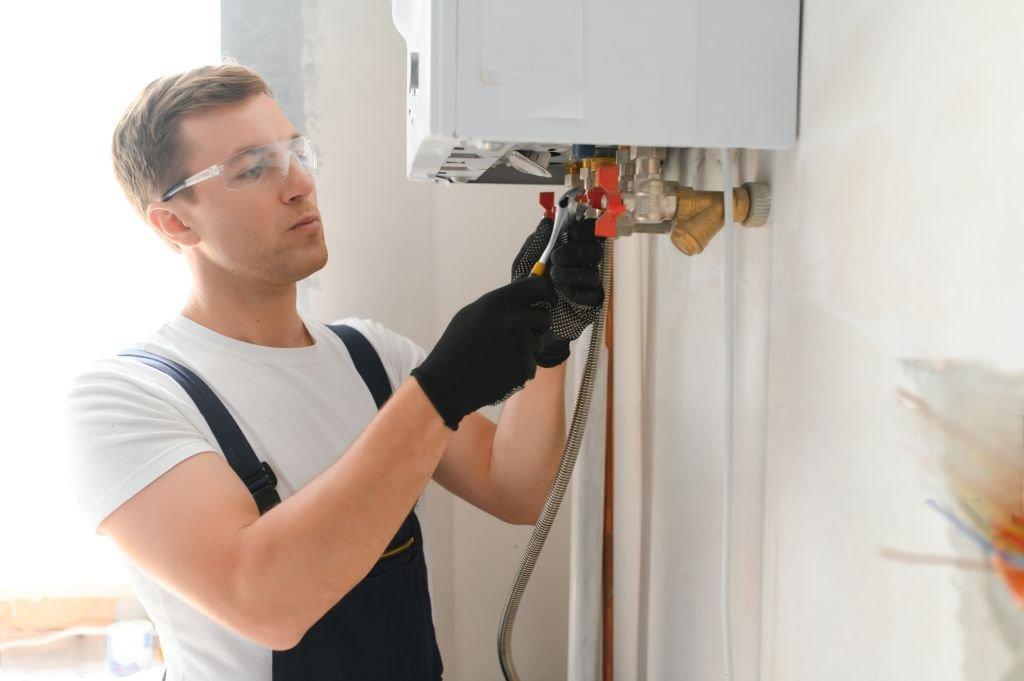
Pre-Installation Checklist
Key Data: 43% of tankless unit failures are due to improper sizing (Consumer Reports, 2024).
1. Assess Your Household Demand
Calculate flow rate (e.g., shower: 2.5 GPM, dishwasher: 1.5 GPM). Use our interactive calculator.
Temperature rise: Subtract groundwater temp from the desired output (typically 120°F).
2. Choose the Right Location
Gas units: Require 12" clearance from combustibles (NFPA 54).
Case Study: A Seattle homeowner saved $200/year by relocating the unit closer to primary faucets.
Tools and Materials
Essential Items:
● Pipe cutter
● Pressure relief valve
● Condensate neutralizer (for high-efficiency gas models)
● Pro Tip: Use flexible gas connectors for easier alignment.
Step-by-Step Installation
1. Shut Off Utilities
Safety First: Test gas lines with soap solution for leaks.
2. Mounting the Unit
Follow the manufacturer’s template for screw placement.
Data Point: 90% of warranty voids stem from incorrect mounting (Rheem, 2023).
3. Connect Plumbing/Gas Lines
Use dielectric unions to prevent corrosion.
Example: A Texas installer reduced callbacks by 30% after switching to CSST gas tubing.
Electrical/Gas Requirements
| Type | Voltage | Gas Pressure |
| Electric | 240V | N/A |
| Gas | 120V | 5-10" WC |
Critical Note: Low gas pressure causes 60% of ignition failures (AGA, 2024).
Maintenance Tips
Annual descaling extends lifespan by 5-7 years.
DIY Hack: Install a sediment filter upstream to reduce maintenance.
Key Takeaways
1. Size Correctly: Undersized units increase energy use by up to 25%.
2. Ventilation Matters: Improper venting is the #1 cause of CO hazards.
3. Professional Help Pays: 78% of DIY installations require corrections (PHCC, 2024).
Need a certified installer? Compare quotes from our vetted partners.
Related Blog


